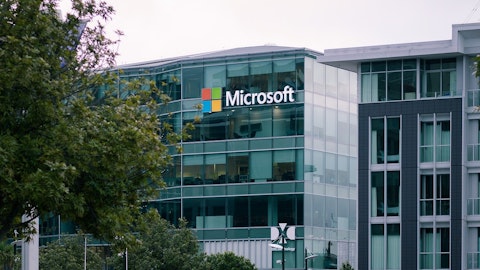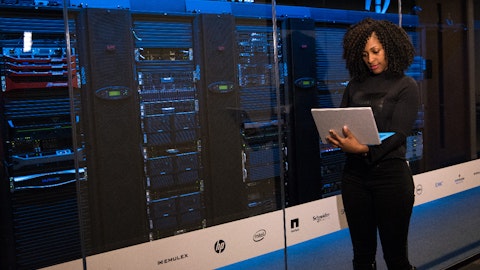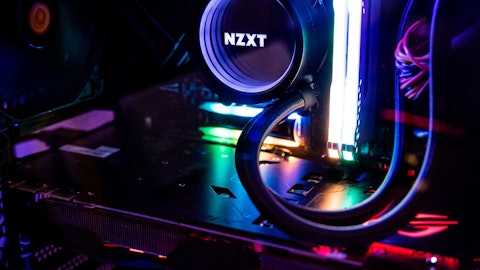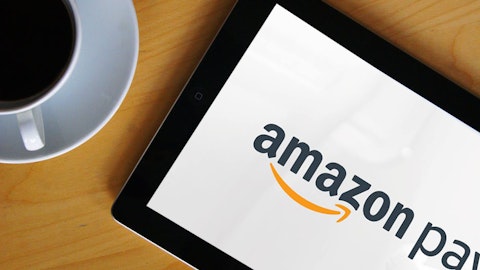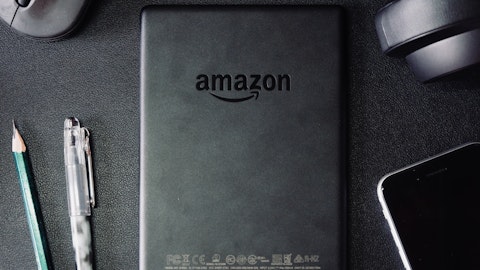4. Apple Inc. (NASDAQ:AAPL)
Number of Hedge Fund Holders: 128
At the close of Q2 2022, 128 hedge funds held stakes in Apple Inc. (NASDAQ:AAPL). The total value of these stakes amounted to $143 billion. As of June 30, Berkshire Hathaway is the top shareholder in Apple Inc. (NASDAQ:AAPL) and has stakes worth $122 billion in the company. The investment covers 40% of Warren Buffett’s 13F portfolio.
As of October 3, Apple Inc. (NASDAQ:AAPL) is trading at a PE multiple of 23x and is offering a forward dividend yield of 0.67%, which the company backs with free cash flows of $107.5 billion. In addition to being cash-rich, Apple Inc. (NASDAQ:AAPL) is also profitable. The company has a trailing twelve-month operating margin of 30.5%. Apple Inc. (NASDAQ:AAPL) is one of the best tech stocks to buy for the long term because the company has strong pricing power, a solid pipeline of products, and a leading position.
Over the past three months, Apple Inc. (NASDAQ:AAPL) has received 23 Buy ratings and 4 Hold ratings from Wall Street analysts and the stock has a consensus Strong Buy rating. Apple Inc. (NASDAQ:AAPL) has an average price target of $182, which represents an upside of 28% from current levels. This September, Evercore ISI analyst Amit Daryanani reiterated an Outperform rating and his $190 price target on Apple Inc. (NASDAQ:AAPL).
Here is what Distillate Capital Partners LLC had to say about Apple Inc. (NASDAQ:AAPL) in its second-quarter 2022 investor letter:
“Apple was largest new purchase in the quarter, at a 2% weight. Apple underperformed the overall market last quarter, and given very minimal debt, this price weakness translated into a commensurate fall in its enterprise value. For stocks with higher debt levels, it takes a disproportionately bigger market cap drop to achieve the same valuation improvement and this is a key reason we avoid highly leveraged names where significant price weakness can be experienced during a revaluation process. Alongside this decline in EV for Apple, its estimated free cash flows have risen steadily throughout the year. This contrast between a falling enterprise value and rising free cash flow, which is highlighted in Figure 12, made the stock sufficiently better valued such that it entered the portfolio. While Apple’s valuation is now attractive enough to warrant inclusion in the portfolio, it still ranks in the bottom quartile of the portfolio’s holdings and so the stock’s initiating weight is capped at a 2%. This contrasts significantly with Apple’s near-7% position in the S&P 500 benchmark, and reflects both our preference to avoid too much concentration risk as well our goal of ensuring that the overall portfolio valuation is as attractive as possible while balancing characteristics of stability and low indebtedness.”
